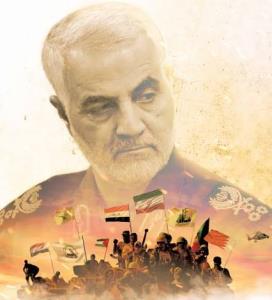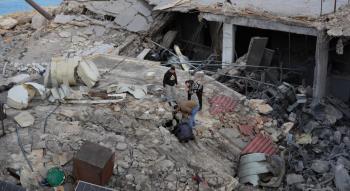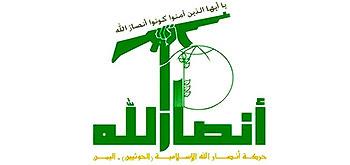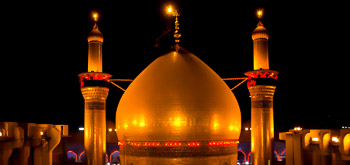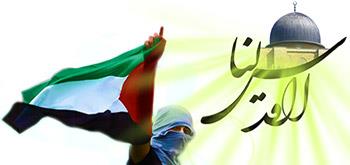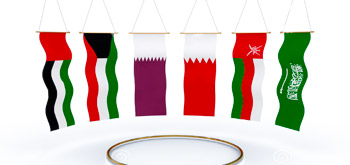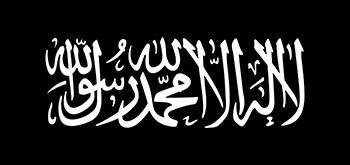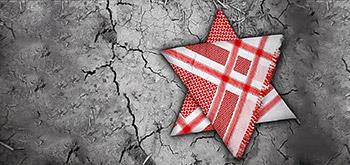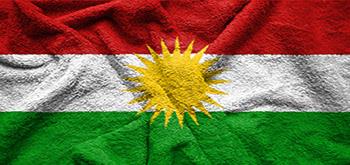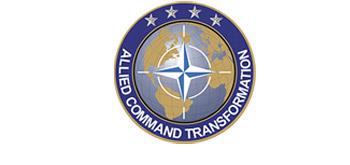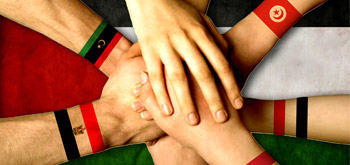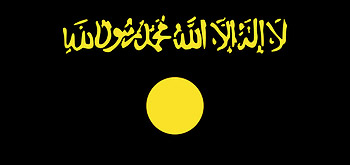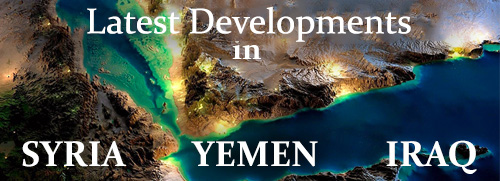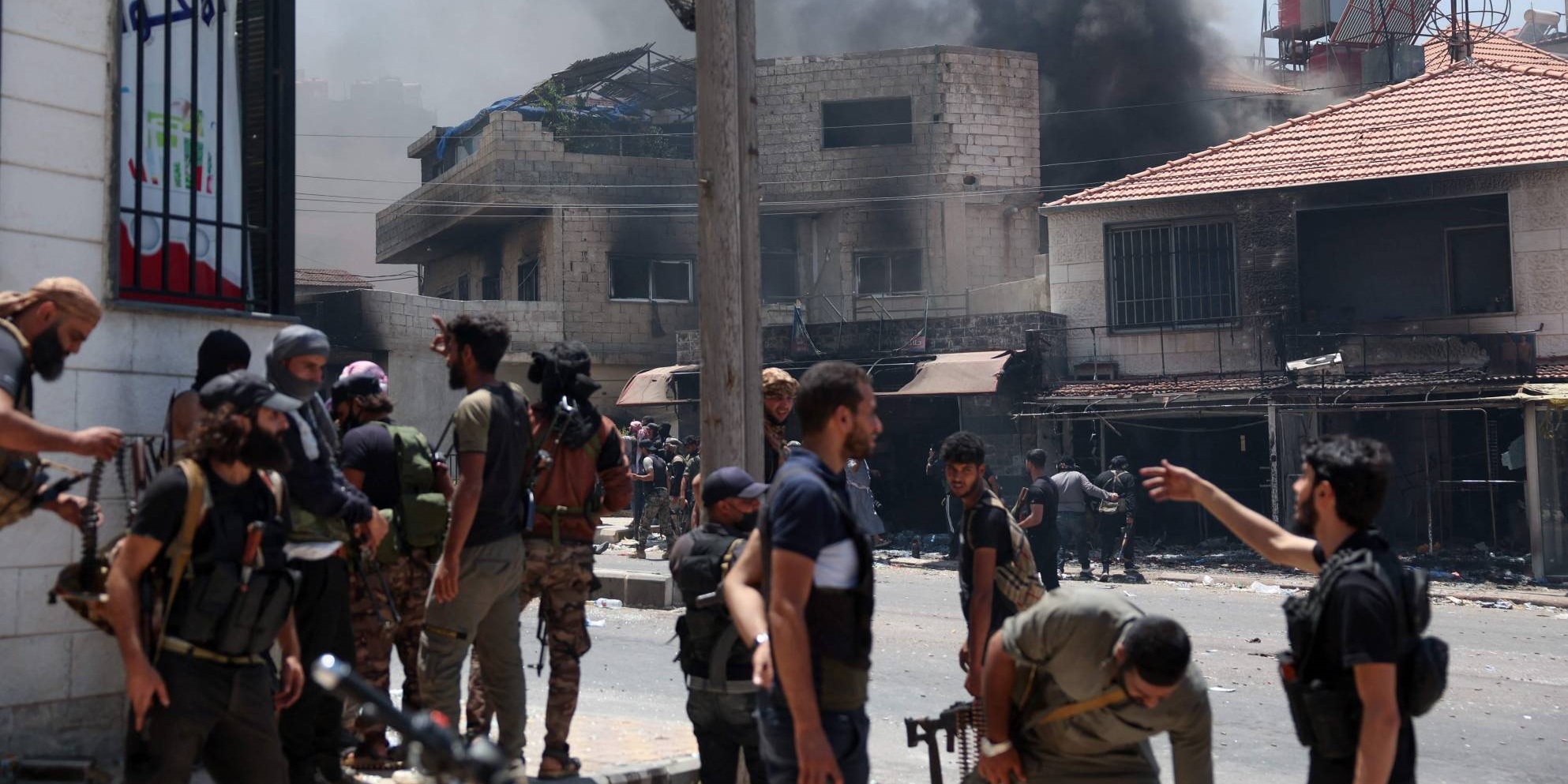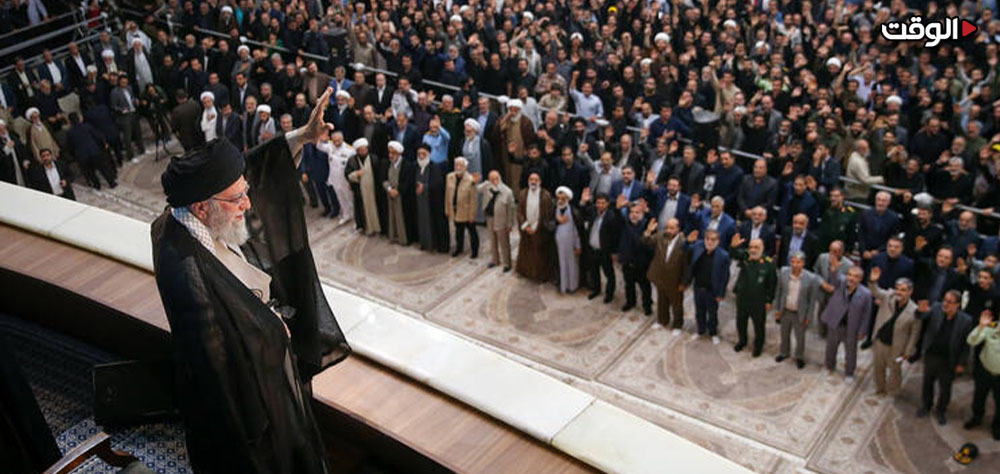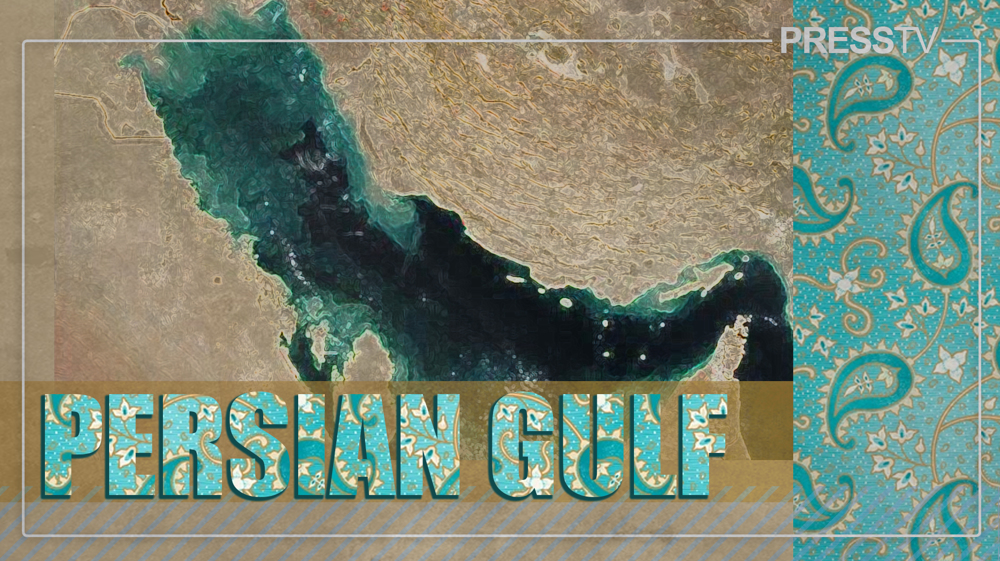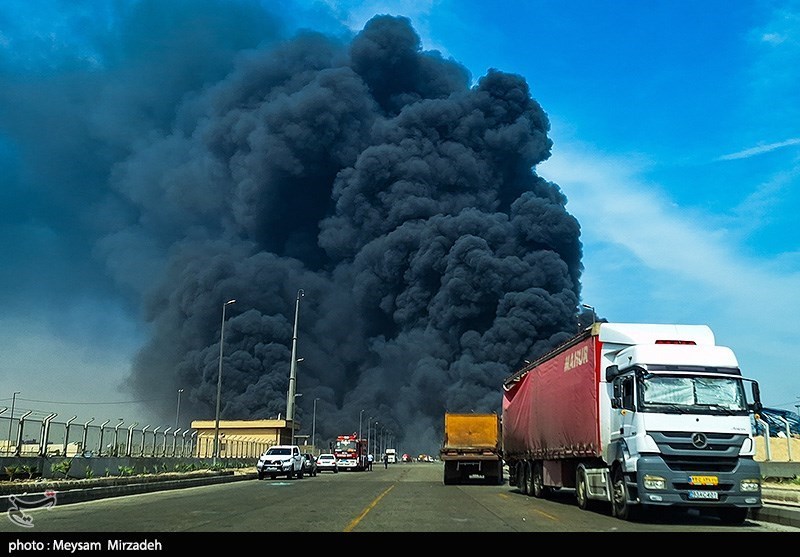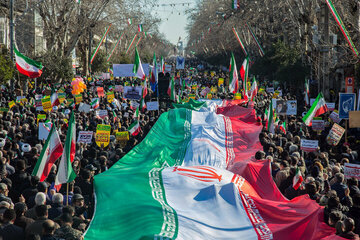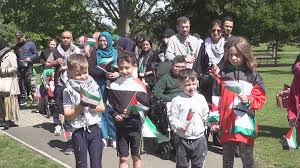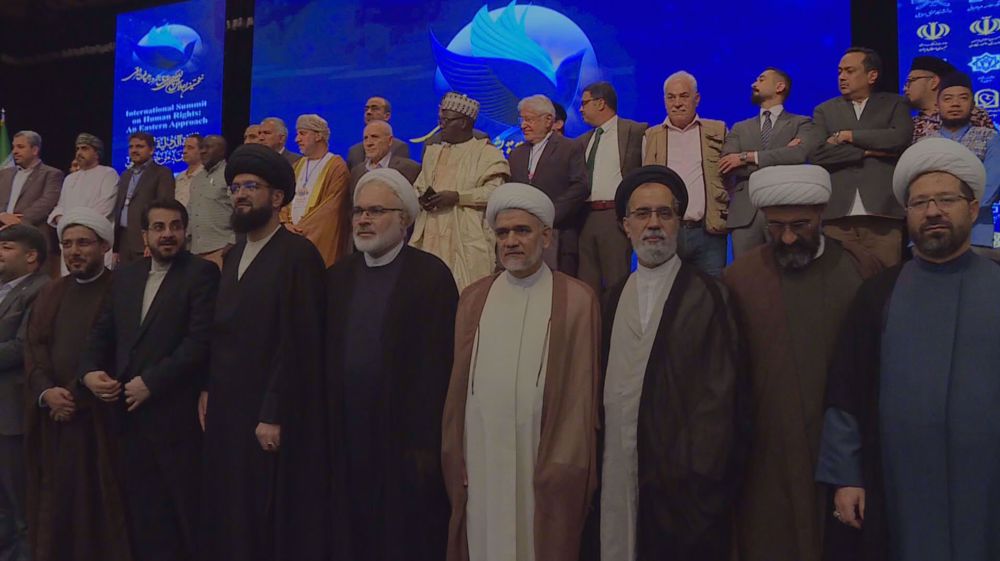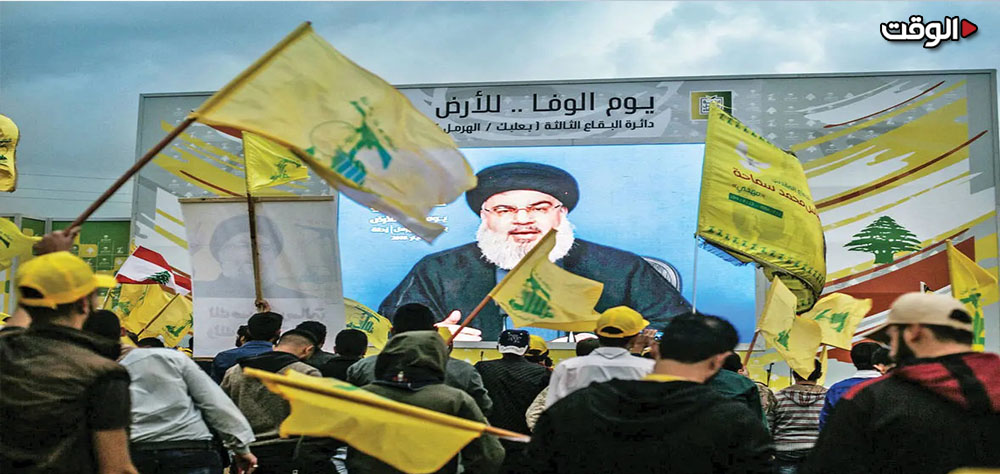Alwaght- Seven months after the fall of Bashar al-Assad’s government, Syria is sinking into a new wave of bloody sectarian violence driven by differences between a Bedouin tribe and a Druze tribe. The clashes soon drew in the government led by Ahmad al-Sharaa, better known by his nom de guerre Abu Mohammad al-Jolani, and the situation grew more complicated after Israeli airstrikes on parts of Syria.
The recent killings In Sweida, southern Syria, have dimmed the hopes of the new Syrian government’s Western allies, as they are reminiscent of the killings of the Alawite minority by ruling militants in the Alawite-majority provinces of Daraa and Latakia three months ago.
Although U.S. President Donald Trump praised the new Syrian ruler as an “attractive, tough guy,” and the European Union quickly de-isolated Syria under al-Sharaa, the escalated clashes in the predominantly Druze regions have shown that Syria’s situation is too complicated to be normalized with just a signature or a meeting.
Escalating Syria Situation
Syria remains divided, with talks to integrate a third of the country’s population (Kurdish forces) on hold. Negotiations to fully incorporate the Druze-majority province of Sweida are also progressing slowly.
Al-Sharaa promised to protect the country’s minorities, repeatedly vowing to respect Syria’s ethnic and religious diversity and “guarantee the rights of all.” However, more than rhetoric is needed to overcome the deep divisions created by over a decade of war.
On Telegram messenger channels and in chat groups, tribal Arab men have been exchanging photos of Druze women and joking about raping them. Hundreds of kilometers away from Sweida, clashes have broken out between Druze and Arab students at the University of Aleppo.
In Sweida, any trust built in the Damascus government in recent months has eroded, as locals grow increasingly angry over the killing of loved ones by pro-government elements. One Druze man told Al Jazeera after his uncle’s death that he would rather “die with dignity” than join the new Syrian government.
Al-Sharaa’s Government Too Weak to Counter Tensions
Last week, soon after government forces retreated from Sweida, Druze militants launched retaliatory attacks on Arab tribes, reigniting fighting. The situation underscores the new government’s limited ability to repair Syria’s damaged social fabric.
Meanwhile, 57 Syrian civil organizations signed a letter urging the government to redouble efforts to achieve transitional justice and ensure accountability for sectarian violence in Sweida. The letter noted that the government has yet to publish findings from a probe into the Alawite massacres, raising concerns about al-Sharaa’s performance.
Why Is the Truce Fragile?
Heightened tensions after the ceasefire announcement revealed a lack of mechanisms to enforce it and no real solutions to address grievances.
The U.S.- and Arab-brokered agreement to calm Sweida collapsed before implementation. This failure reflects a deeper crisis: the Syrian government’s inability to enforce security and protect minorities, particularly the Druze.
The resurgence of extremist groups affiliated with ISIS and others possibly linked to Al-Qaeda is unsurprising. These groups thrive in power vacuums and are recruiting amid Syria’s chaos.
Al-Sharaa’s weakening authority in southern Syria is glaring. Despite promises to protect Sweida and contain chaos, he has made no tangible progress. His silence and slow responses are seen as signs of political and security incompetence.
Israeli Intervention Compounds the Situation
Israel’s military intervention—positioning itself as a Druze supporter without consultation with seem—has further complicated matters. Tel Aviv perceives a power vacuum and uses the Druze as pretext for continued occupation of southern Syria. Since Assad’s fall, Israel has seized large tracts of Syrian land. Yet many Druze reject Israeli backing, fearing association with the notorious state will further isolate them.
The Impact on recently warming Tel Aviv-Damascus relations, facilitated by Washington, remains unclear. Al-Sharaa had proposed full normalization with Israel, but this now seems unattainable. The U.S.-brokered agreement between al-Sharaa and Israeli Prime Minister Benjamin Netanyahu appears to have been a fleeting gesture with no real effect.
The greatest risk Is Sweida becoming a “buffer zone” contested by extremists and Israel, effectively partitioning southern Syria.
A Divided Syria’s Future
Syrian author Mazen Bilal argues that Sweida’s crisis stems from accumulated past mistakes, beginning with military clashes and ending in displacement. He holds the Syrian government fully responsible.
Bilal warns that without a true national vision, Syria is fracturing into closed communities. Historically, Syria’s survival depended on embracing diversity; its government’s future hinges on upholding pluralism and participation, not conflict.

